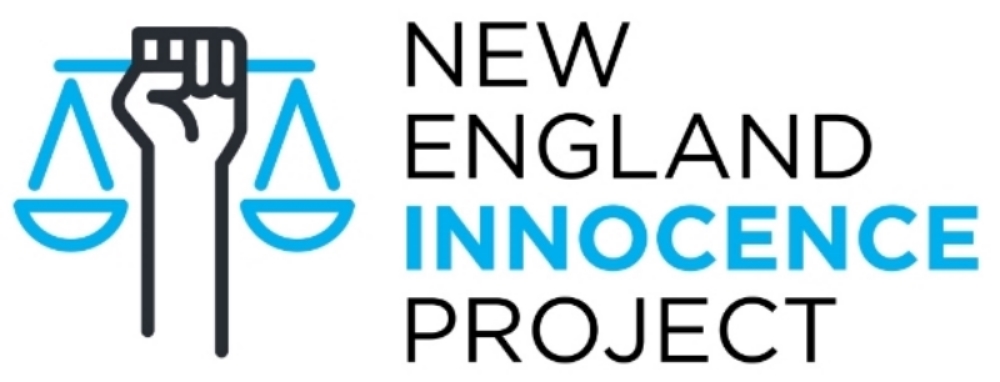June 18th, 2014
I saw this sign on a recent trip to California’s redwood country. Obviously designed for the north end of the park, it was instead placed at the southern end. Some kind soul took it upon him- or herself to alert the unwary of the mistake. Recognizing that the correction was bound to be imprecise, the kind soul settled upon “This is where you really are, ish” as the best description of the location. It struck me how many convictions are more “guilty… ish” than guilty.
And unfortunately, “are, ish” is an apt metaphor for the present state of forensic science. The years following the ground-breaking report, Strengthening Forensic Science in the United States: A Path Forward (National Research Council of the National Academies Press-2009) have seen little actual progress. Among the critical problems identified was a fragmented, under-resourced forensic science system, which relied on invalid or un-validated “science” that results in the convictions of an untold number of people. Conservative estimates indicate that approximately 2.3% of those convicted are factually innocent (i.e., they did not commit the criminal act for which they were convicted).
Since the report, there have been monumental efforts by law enforcement, the defense bar, and the Innocence community to bring about necessary reforms. The effort has been stalled by inadequate resources, a fractious Congress, and resistance of both elected and appointed officials to acknowledge the flaws in our criminal justice system.
There have been some fledgling signs of progress. Members of the National Commission on Forensic Sciences have been appointed and have held their first meetings. The National Institute on Standards and Technology (NIST) is in the process of selecting members for the Scientific Area Committees, advisory bodies charged with supporting the development and promulgation of standards and guidelines for forensic sciences. Thus, more courts have recognized the fragility of some assertions made in the name of science.
Still, there are thousands of innocent people sitting in prison and more being convicted while the Commission and NIST undertake their work. What relief is available to them?
There are legal pathways for some. Others, if they’re lucky, might be able to use DNA testing to show their innocence. There are almost certainly some who will benefit from forensic scientists and lawyers who are willing to donate their services or provide them at greatly reduced costs, but their efforts are an inadequate substitute for justice.
A criminal conviction is not supposed to rest on an approximation of guilt. “Are..ish” may be acceptable for locating one’s position on a map, but “guilty..ish” has no place in our justice system.
